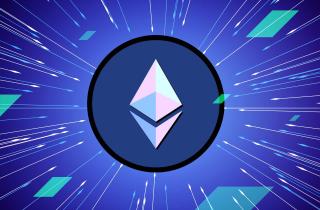How long does it take to mine a Bitcoin?
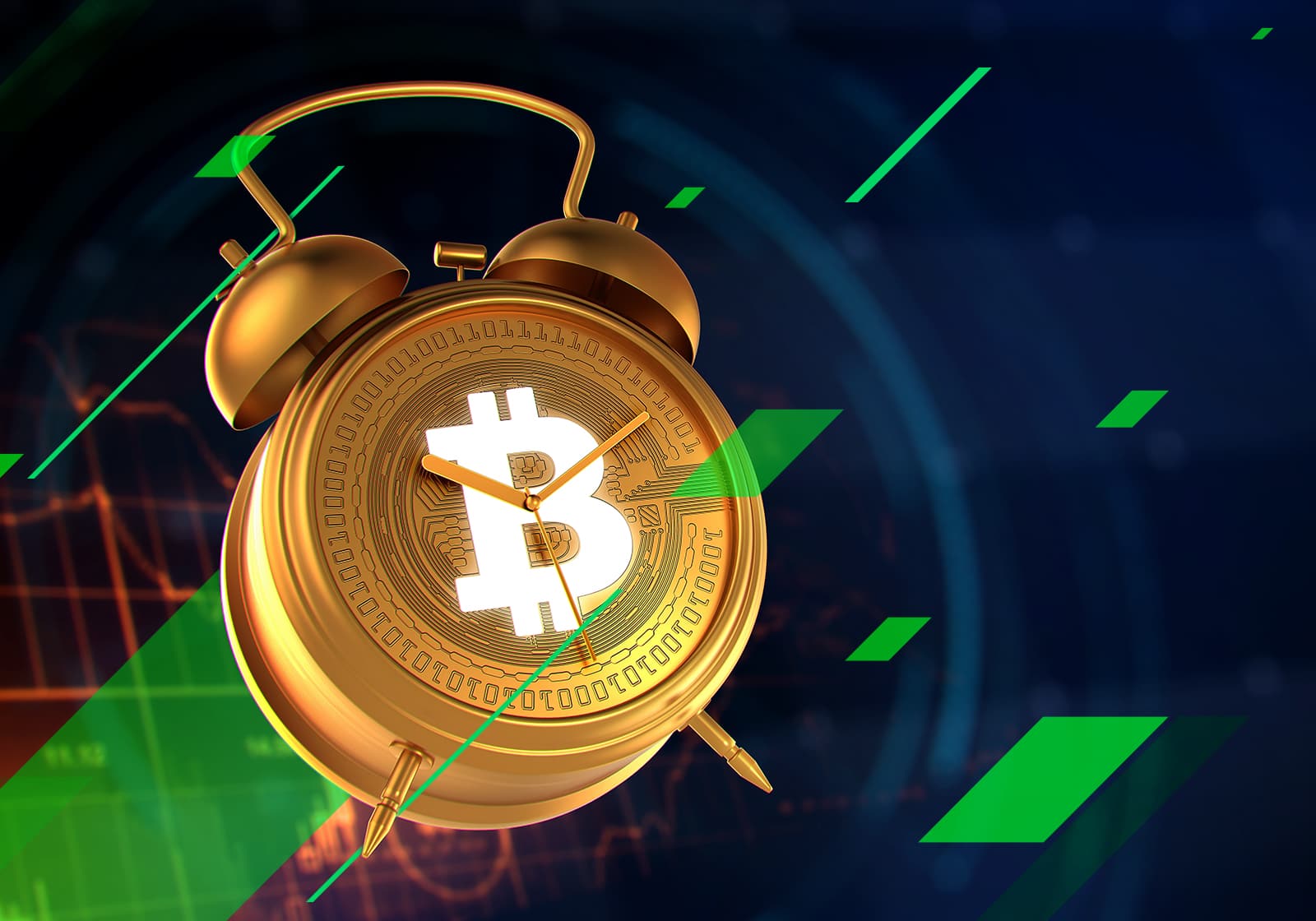
Those who are new to cryptocurrency mining often ask: "How long does it take to mine a Bitcoin?" and "How long will it take to mine all Bitcoins?" The answer to these questions isn't straightforward. To answer it, we first need to talk about what Bitcoin mining is.
What is Bitcoin mining?
Before we dive deep into discussing "How long does it take to mine 1 Bitcoin?", let's start with the definition of Bitcoin mining.
Although many newcomers think that mining is just creating new Bitcoins, that's not entirely true. Mining is the process of verifying Bitcoin transactions and adding them to the blocks in the Bitcoin blockchain. As such, mining is necessary for the Bitcoin network to function normally.
Miners have to solve a cryptographic puzzle to add a new block to the blockchain. The first miner to solve the puzzle adds a block and receives a block reward. This block reward consists of new Bitcoins and a commission for the transactions included in the block.
Bitcoin mining stats | |
Consensus algorithm | Proof-of-work |
Hashing algorithm | SHA-256 |
Total Bitcoin mined (as of 05/12/2023) | 19,560,877.158 BTC |
Max supply | 21,000,000 BTC |
Block confirmation time | 10 min |
Block size limit | 1 MB |
Reward per block | 6.25 BTC |
Hashrate (as of 26/08/2020) | 137.95 Ehash/s |
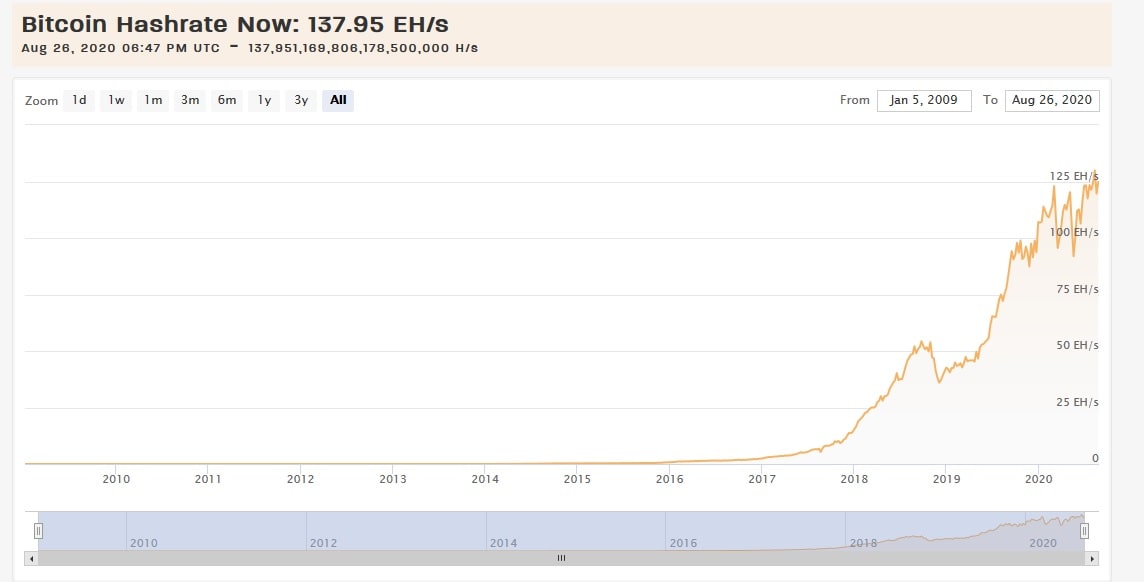
How long does Bitcoin mining take?
So the question "How long does it take to mine a Bitcoin?" breaks down into two questions: "How long does it take to mine one Bitcoin?" and "How long does it take to mine a Bitcoin block?"
How long does it take to mine a Bitcoin block?
This question is easy to answer. The average block confirmation time in the Bitcoin blockchain is 10 minutes. That means that every 10 minutes, the first miner to solve the crypto puzzle receives a block reward.
How long does it take to mine 1 Bitcoin?
This question has no fixed answer. The reason for this is something called 'mining difficulty'. It is a dynamic parameter that controls the computing power needed to mine a Bitcoin block, i.e., hashing power. This parameter changes every 2,016 blocks according to the current total amount of mining power on the Bitcoin network.
When Bitcoin first started, the block reward was 50 Bitcoins. But after every 210,000 blocks are mined, which happens approximately every four years, the block reward halves. With that in mind, the current Bitcoin block reward is 6.25 Bitcoins.

Of course, with the current competition among miners, the chance of being the first to solve the puzzle and receive a reward is extremely small. Therefore, miners combine their equipment's computing power in mining pools. A mining pool splits the task of solving the puzzle into smaller tasks and distributes them between mining hardware connected to that pool. When pool members receive a block reward through their collective efforts, the reward is divided among them according to the pool's rules.
So, the main parameters which affect the time needed to mine 1 Bitcoin are:
- Current and future mining difficulty
- The hashing power of the given mining hardware
- The current and future size of transaction commissions.
So the answer to the question "How long will it take you to mine 1 Bitcoin?" depends on many variables, including your mining equipment's computing power. For example, if you have a Bitmain Antminer S19 Pro, it'll take you 1,133.5 days to get 1 Bitcoin under current Bitcoin mining difficulty and when taking into account transaction commissions.
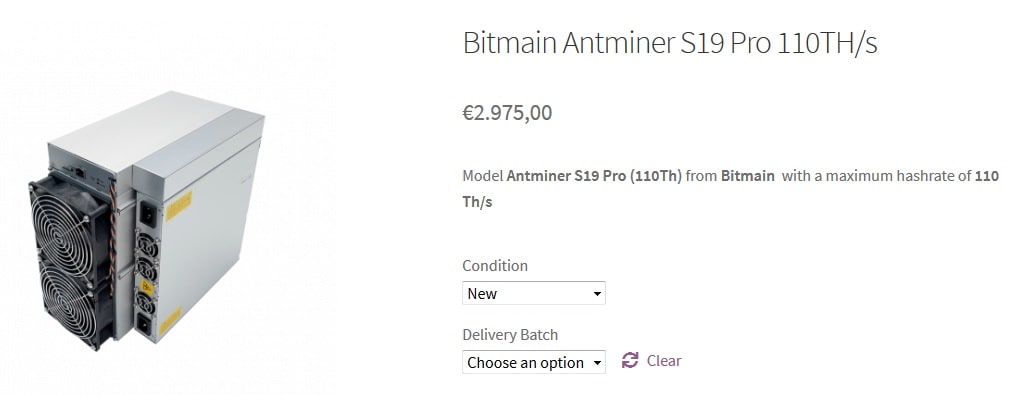
How long will it take to mine all Bitcoins?
Put another way, one could ask, "How long to mine all Bitcoins?" Taking into consideration that halvings occur every four years, the final block that creates new Bitcoins will be added in 2140. The halving that will happen with block 6,930,000 will drive the reward size below 1 satoshi (the smallest share of Bitcoin currently possible, equal to 0.00000001 Bitcoin). That means no block rewards would be paid out anymore.
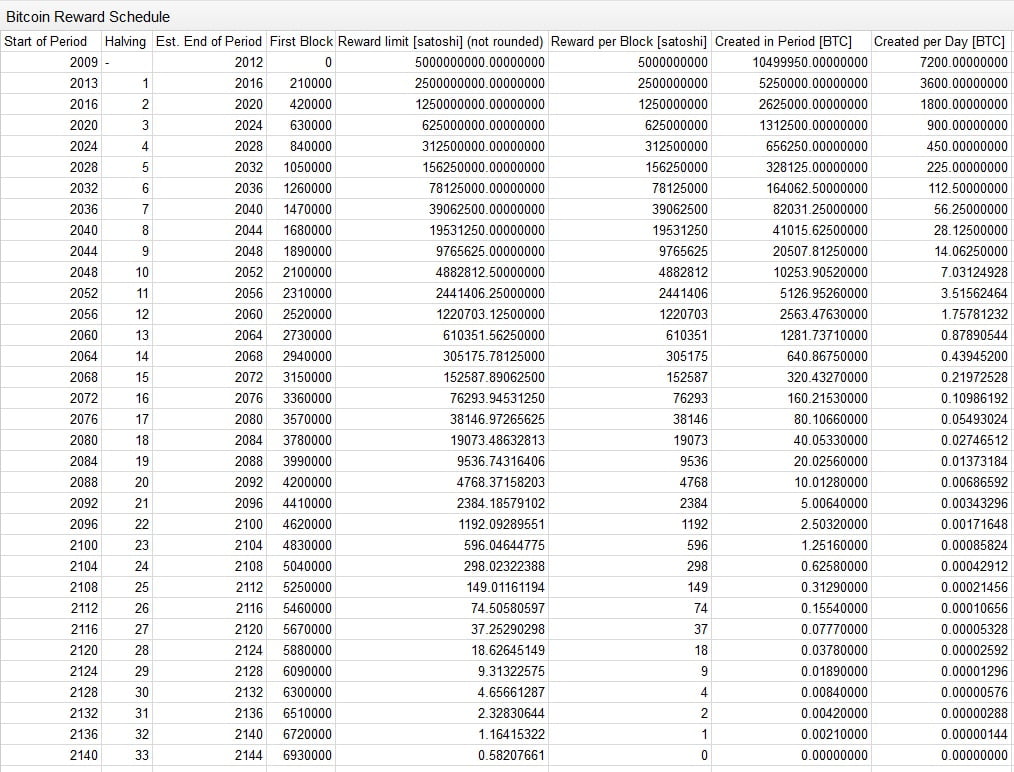
But it's important to understand that even after the last Bitcoin is mined, mining will not have to stop. Even though miners will stop receiving block rewards, they'll still receive commissions for transactions included in each block.
What was Bitcoin mining like before?
Wrapping up on our discussion of "how long does it take to mine a Bitcoin?", it's vital to add that Bitcoin mining technology has come a long way since the very first block of Bitcoin was mined on 3 January 2009. In Bitcoin's early years, mining was very easy. When Bitcoin's price and mining difficulty were very low, many people just used regular PCs or old computers with up-to-date graphics cards, and they could mine a few Bitcoins every day. But as Bitcoin's popularity and price grew, a kind of arms race began among miners. CPU mining was replaced by mining with graphics cards (GPU mining). After that came mining with field-programmable gate arrays (FPGA).
Now, the primary method for Bitcoin mining is using application-specific integrated circuits (ASIC). Each of these breakthroughs in mining technology reduced the profitability of previous methods and increased mining difficulty.
In its 10-year existence, Bitcoin mining has gone from a hobby to an entire industry. Only time can tell how mining will change and how long it will take to mine one Bitcoin in the future.
Tags
Try our Bitcoin Cloud Miner and get additional crypto rewards based on your trading volume. It's immediately available upon registration.
Try our Bitcoin Cloud Miner and get additional crypto rewards based on your trading volume. It's immediately available upon registration.
FAQ
How many Bitcoins are left to mine?
Almost 1,1984,000 Bitcoins still need to enter circulation. This leaves us with roughly 19 million BTC currently available out of the total of 21 million that will ever exist. However, it is estimated that about 30% of these 19 million BTC may be permanently lost due to reasons such as hard drive crashes or misplaced private keys.
How easy was it to mine Bitcoins in the beginning?
In its early stages, mining Bitcoins was a relatively simple process. Back in 2009, when the cryptocurrency was first introduced, it could be mined using central processing units (CPUs). CPUs are essentially the "brains" of a computer, containing all the necessary circuitry to process input and output results. At the time, there were only a handful of miners, and Bitcoin was still in its infancy, which made it easier to mine using CPUs.
Who mined the most Bitcoins?
Marathon Digital Holdings (MARA) has claimed the top spot as the largest publicly traded Bitcoin miner in July. This is thanks to their self-mining hashrate, which refers to the computing power in their facilities that mines for their wallets rather than those for clients.
In June, Marathon reported 17.7 exahash/second (EH/s) of operational computing power on the Bitcoin network, outpacing the former largest public miner, Core Scientific (CORZ), which had 15 EH/s of mining machines installed. As of July, Marathon's hashrate has increased to 18.8 (EH/s), while Core Scientific has been dealing with bankruptcy proceedings since December 2022. Core's self-mining hashrate has remained largely unchanged since the month prior to its Chapter 11 filing.
Is mining legal?
Bitcoin mining can be a legitimate and profitable way to earn cryptocurrencies, but it is vital to know the potential risks involved. Protecting your personal information should be your top priority throughout the mining process. To keep your personal information secure while engaging in Bitcoin mining, follow these essential steps:
- Beware of suspicious emails, websites, or apps related to Bitcoin mining, as phishing attempts can compromise your personal information.
- Install trusted security solutions to detect and block malware, phishing, and online fraud threats.
- Create strong, unique passwords for mining accounts, never share them, and consider a password manager for secure storage.
- Employ strong encryption (e.g., WPA2) and regularly update your Wi-Fi router's firmware to prevent unauthorised access.
- Keep mining software and your operating system current with security patches to protect against vulnerabilities.
- Add an extra layer of protection by encrypting mining data and personal files using encryption software.
- Enable 2FA for added security, requiring a second form of verification in addition to your password.
- Stay informed about security threats and best practices to make informed decisions and avoid scams or malware attacks.



